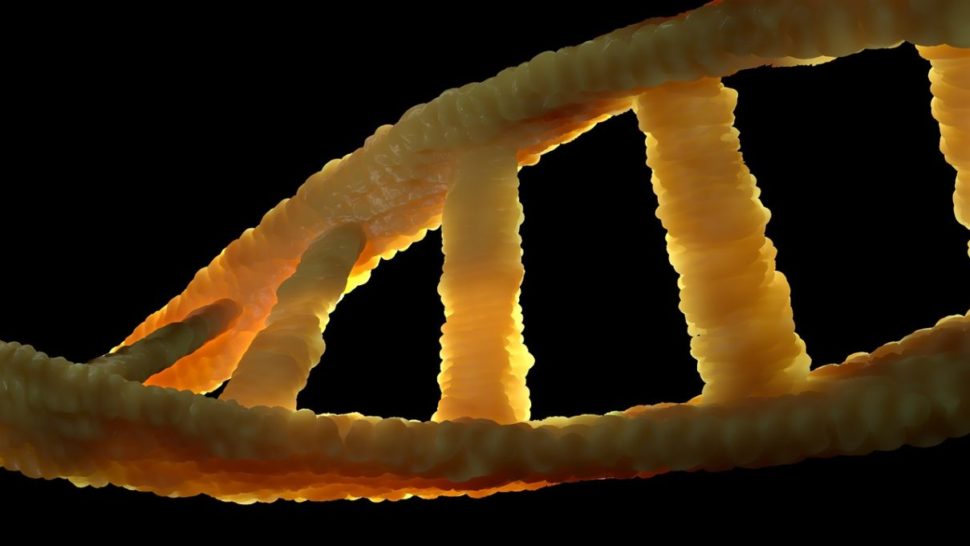Researchers discovered a new CRISPR method that skips sections of a gene, providing more opportunities for them to regulate and express genes.
Scientists from the University of Illinois at Urbana-Champaign have reportedly developed a new CRISPR method that could revolutionize the way expressing and regulating genes are controlled. The new technique, dubbed as CRISPR-SKIP, can leave out specific sections of a gene, literally skipping them in the process.
According to the researchers, their discovery could potentially pave the way for treating gene mutations like Huntington’s disease and Duchenne muscular dystrophy. The researchers also highlighted the many ways their new tool could enhance the existing CRISPR techniques.
“Given the problems with traditional gene editing by breaking the DNA, we have to find ways of optimizing tools to accomplish gene modification,” Pablo Perez-Pinera, one of the researchers, said in a statement. “This is a good one because we can regulate a gene without breaking genomic DNA.”
In their study published in the journal Genome Biology, Perez-Pinera and his team described how their technique works.
In the paper, the researchers describe how the strands of DNA in most of our cells are divided into regions known as exons, which are responsible for creating proteins. Exons are said to be close to each other on a given DNA and have introns between them or the intervening regions which don’t appear to code for proteins.
During the creation of proteins, only the exons are being coded into the RNA for protein synthesis while the DNA is read from start to finish. These exons are usually stitched into long fragments, forming a single RNA sequence made up of multiple individual exons back-to-back from each other.
The new CRISPR method works by modifying a single base at the start of a target exon. Because of this, the cell’s system will read the anomaly as an intervening, non-coding sequence, ignoring or skipping the sequence during protein synthesis. As a result, the protein created from the synthesis will be slightly altered, causing some changes in the way the protein functions.
“While skipping exons results in proteins that are missing a few amino acids, the resulting truncated proteins often retain partial or full activity – which may be enough to restore function in some genetic diseases,” Perez-Pinera added.
At the moment, CRISPR-SKIP has reportedly produced transient results which require injections of therapeutic DNA to sustain the treatment, making it lifelong in almost every case.
“By editing a single base in genomic DNA using CRISPR-SKIP, we can eliminate exons permanently and, therefore, achieve a long-lasting correction of the disease with a single treatment,” Alan Luu, author of the study, went on to say. “The process is also reversible if we would need to turn an exon back on.”



















Comments (0)
Most Recent